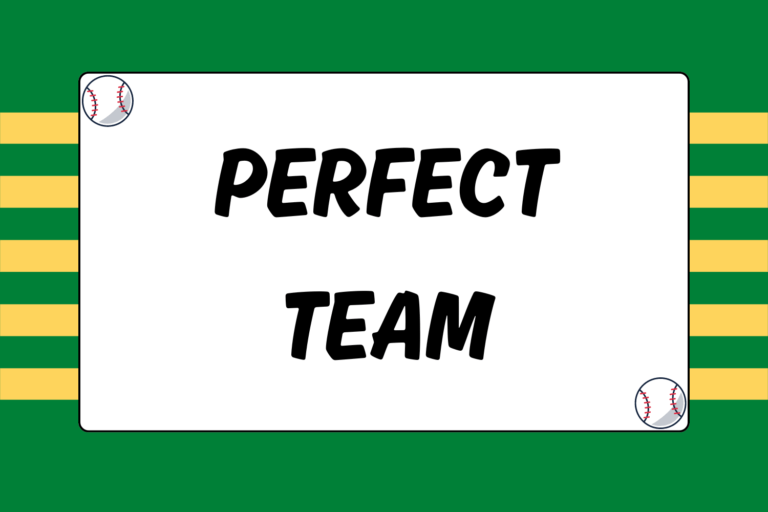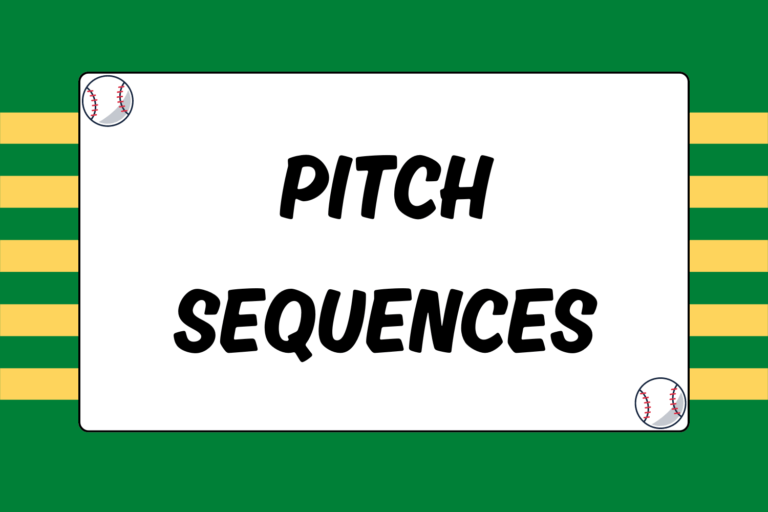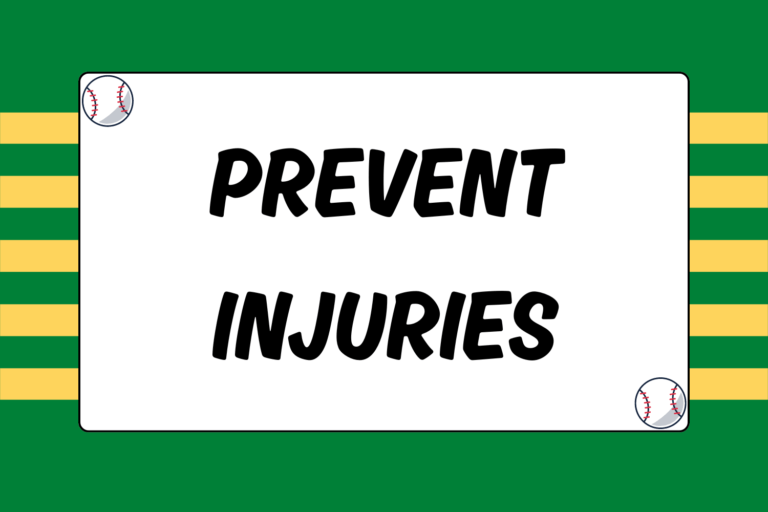First base is not often considered an important defensive position. And it’s true that you need more athleticism to play a position like shortstop or centerfield. However, over the course of a game or a season, only the pitcher and catcher are going to touch the ball more than the first baseman. Plus, a big chunk of the outs are going to be made right there at first base.
The sheer volume of plays at first means it’s extremely important to have a reliable defender there. Follow the tips in this guide and apply it to your practice — soon you’ll be able to handle anything that comes your way.
Fielding Flexibility
One of the keys to playing a corner infield position is being comfortable playing both in and back. If you’re holding a runner at first, or if it’s a possible bunt situation, or if there’s a runner at third who you want to prevent from scoring, then the first baseman’s fielding position will be along the edge of the infield grass. This is close to home plate, and playing there requires fast reflexes. In most other cases, he will play towards the back edge of the infield dirt. You need to be comfortable fielding ground balls in both positions in order to play first base.
Another important skill is communicating with the pitcher. If there’s a bunt to the right side, talk loudly so you know who will field the ball. If there’s a ground ball hit to you and the play is at first base, you have to decide whether you have time to field the ball and beat the batter to the base. If not, the pitcher should be running over to cover the bag. This is a tricky play to execute, so it’s important to flip him the ball as soon as you can. Try to toss the ball to the pitcher at chest-height and hit him in stride.
Covering First Base
When playing first base, never stand around idly and watch the play — there’s always something you should be doing. Any time there’s a ground ball and the play is at first base, you need to get there in time to cover the bag and receive the throw. Sure, there are certain instances in which the pitcher or second baseman might cover, but those are specific plays. The vast majority of the time, it’s your responsibility.
Contrary to what you may think, receiving throws involves more than just catching the ball. There is actually a right way and a wrong way to cover the bag and receive the ball. Here are some guidelines to keep in mind:
Sprint to the base:
Get to the base as quickly as you can. If an infielder has to hesitate to and wait for you to make a throw, it increases the likelihood of a mistake.
Stand on the inside of the base:
If your foot is on top of the base, you run the risk of the batter stepping on you with his cleat. Keep your feet on the inside edge, and use the corner of the base to push off when you catch the throw.
Two feet on the base:
Stand with both feet on the inside of the base, and wait to see the throw. Right-handers hold the bag with your right foot and stretch with your left foot; left-handers hold the bag with your left foot and stretch with your right. You may need to slide your back foot to the front or back corner of the bag in order to reach a particularly wide throw.
Don’t stretch too early:
You may have to stretch forward, right, or left to catch a ball. You might have to reach up or block a short hop. Don’t stretch before the throw. Instead, stand in an athletic position and wait. Once you see the throw, you’ll know where you have to move. You never want to stretch too early because it’s really difficult to adjust your position if the throw is bad.
Holding Runners
Another of the first baseman’s primary tasks is to hold runners. Unless there’s a pre-designed play, the first baseman usually doesn’t have any strategic responsibility in the pickoff game. Your job is simply to catch the ball if it’s thrown to you and quickly apply a tag to the runner. Here are a few important tips for this situation:
Always put a tag down:
Even if the runner is clearly safe, always tag him anyway. You never know if he might make a mistake and come off of the base. (Plus, you never know, sometimes umpires make bad calls!)
Get in an athletic stance:
Position yourself with your right foot along the front corner of the base (nearest to home plate) with your knees bent. Your body should be in fair territory, facing more or less towards second base.
Give a target:
Hold your glove up and give the pitcher a target. Place your target low, around hip-level, which would be the ideal position to catch the ball and make a quick tag.
Get in position after the pitch:
If the pitcher throws to home plate, you have to quickly get yourself in position to potentially field the ball. Pivot around with your right foot so that you’re facing towards the plate, and take a shuffle-step towards second base to get away from the baseline as much as you can.
Hot Tip: Short Hops
First basemen often make the highlight reel by picking balls that bounce in the dirt. The pros make it look flashy, but there’s a right way to do this as well. Don’t just flip your glove at the ball, and try to avoid sitting back and stabbing at it. Instead, keep your glove low to the ground, keep your body in front of the ball, keep your eye on it the whole time, and try to cradle the ball in towards you instead of flipping it back towards the infield
Cutoff to Home Plate
Finally, the first baseman is responsible for acting as the cutoff man on certain plays. If the ball is hit to right field or center field, and there’s a possibility of a play at home plate, the first baseman is the relay. Here are some important points to keep in mind:
Know your outfielders:
Where you position yourself for a cutoff should depend on the strength of the outfielders’ throwing arms. If a guy can throw the ball all the way home, you can stay on the infield grass as the cutoff. But if the outfielder can’t reach you, you need to move closer to him to take the throw.
Sprint behind the mound:
If there’s a hit to center field, you have a long way to go to take the cutoff throw. Don’t be late! Sprint to the middle of the diamond and get behind the mound with your hands up. You never want to allow the ball to bounce off the pitcher’s mound on a throw home.
Listen to your catcher:
There are several potential options once you catch the ball as the cutoff man, and the catcher has the best view on where the throw should go. He may yell for you to let the throw go all the way home. He may ask you to cut the throw and relay it home, or cut the throw and relay it to another base, or even just cut the throw and hold it if there’s no play at all. Keep your ears open!
Practice First
First base isn’t the most difficult position, but its importance is often underappreciated. The position carries a number of responsibilities, and having a reliable first baseman is invaluable to a team because of how often he touches the ball. And for that reason, it’s also one of the most exciting positions on the field to play! But like any other aspect of the game, learning first base requires practice and hard work.





